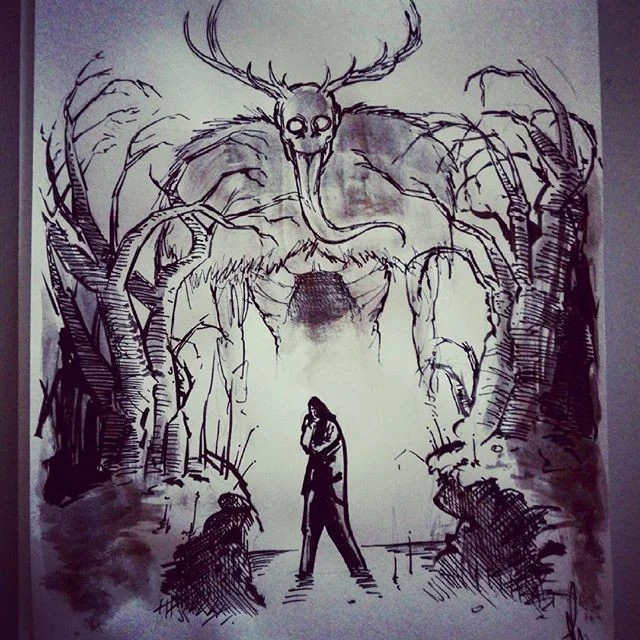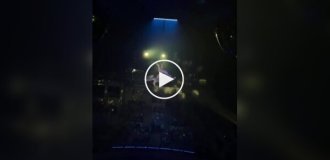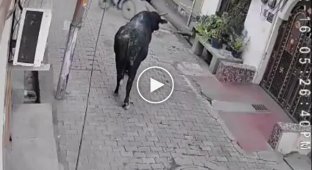Wendigo: a monstrous product of the Indian mind or a real monster? (11 photos)
Every culture on the planet has its own unique traditions and mythology. And this character from Native American legends is unlike any other monster from other people's legends. 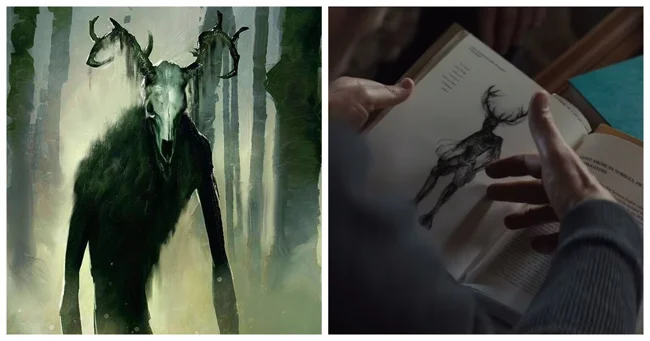
Algonquian legend describes a nightmarish creature with pale ash skin stretched like a latex suit over protruding supports of protruding bones. Its glass eyes, empty and brooding, reflect the moon from black sockets. A heavy, putrid smell emanates from its flesh, complemented by metallic notes of fresh blood. This disturbing image haunts the nightmares of those who claim to have encountered the creature in real life.
What are you, Wendigo? 
Algonquins
In ancient North American legend, the monster is a byproduct of cannibalism or dark magic. In some versions of the myth, humans can become Wendigos simply by coming into contact with them. The creature can also possess them in their dreams. Once in control of its host, the monster takes on the appearance of a human.
Different groups give this creature different names, but they are united by the image of a terrifying, primordial beast that knows only cruelty. Differences exist in descriptions of growth, ability to mimic humans, and possible motives.
Wendigo Psychosis 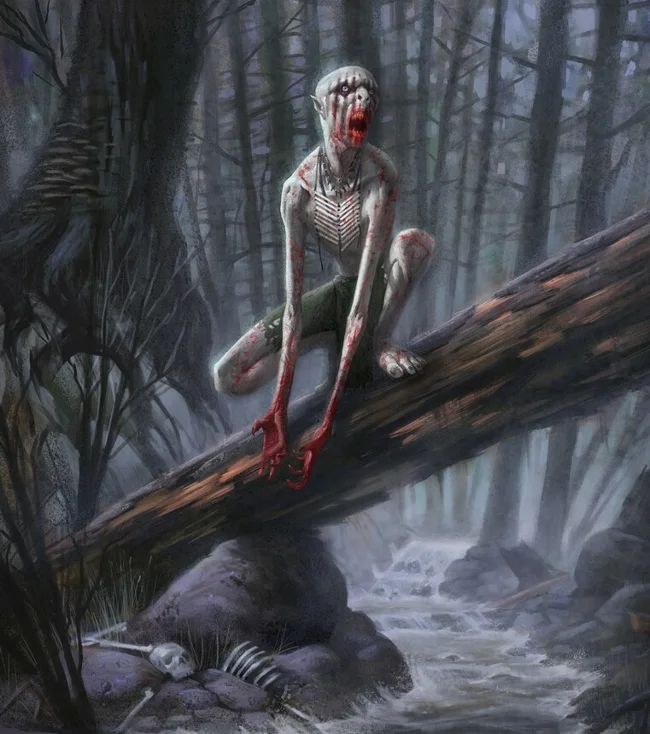
The Native Algonquian Cree and other peoples describe a psychological or mental condition resulting from the appearance of a Wendigo. In the 1960s, the disorder became the source of a major medical scam, prompting several psychological studies. To the Natives, it was primarily a spiritual illness caused by the dark forces of the forest. In fact, it was a disease of the mind that manifested itself in intense waves of acute cannibalistic behavior, almost zombie-like. 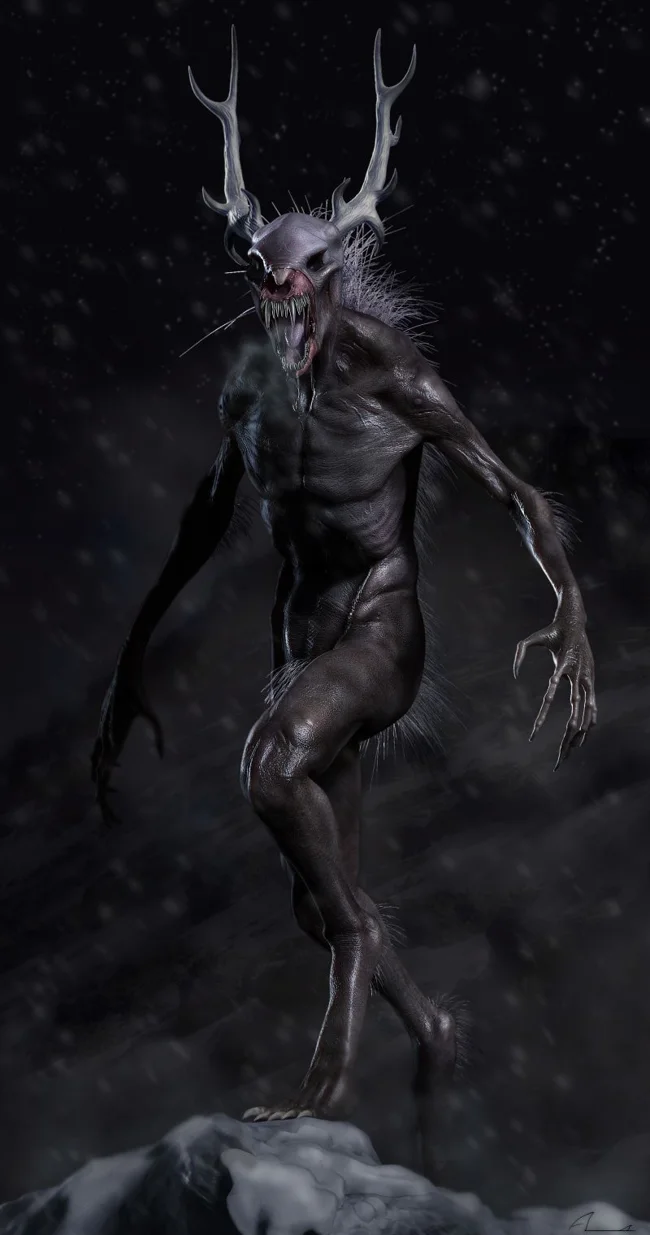
The longer this condition persists, the stronger the beast's control becomes. Over time, the person turns from a person into an unrecognizable and terrifying monster. Then he settles in the forest, hunting those who are there, experiencing an insatiable hunger that can only be satisfied by devouring a person.
One study conducted in the 60s determined (and quite logically) that this condition is caused by other factors, such as hunger and chronic loneliness (anthroposource). Doctors tried to treat this disease with modern medicine instead of traditional methods adopted by indigenous peoples.
Historical Facts and Evidence 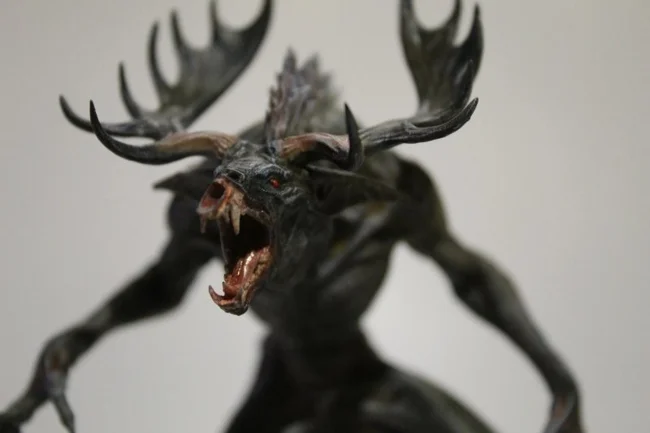
In addition to later reports, early explorers of America recorded stories of this creature. Jesuit missionaries documented various encounters and transformations beginning in the 17th century. In 1907, Algernon Blackwood, a native Algonquin, wrote a short story describing an incident with this creature while he was with a hunting party in the Canadian wilderness. The book was called "Wendigo." 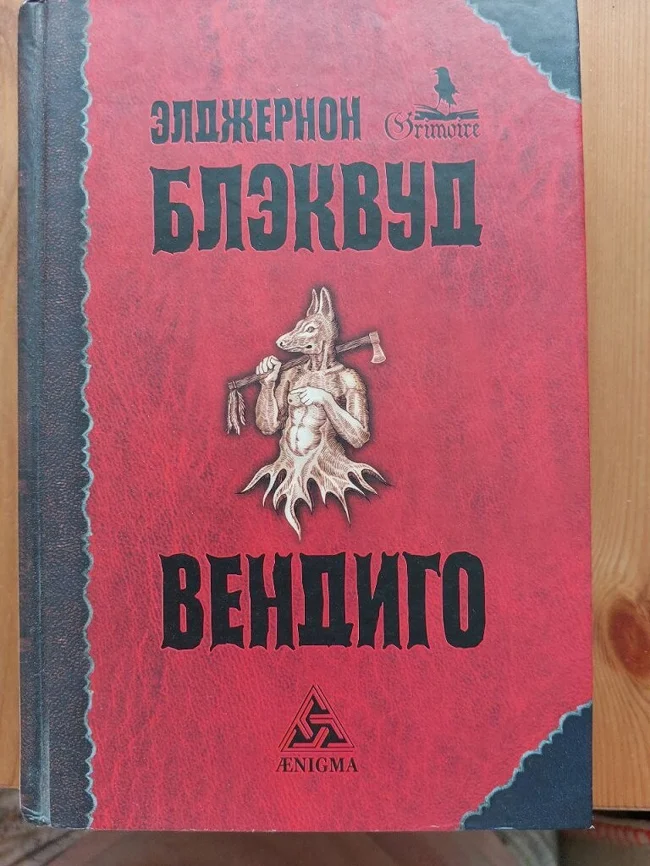
Around the same time, another native of northwestern Ontario, a Cree named Jack Fiddler, told a missionary about his experience with the beast. He claimed to be a hunter who specialized in killing wendigos. He claimed to have killed fourteen of them in his lifetime. Fiddler was a self-proclaimed shaman with superhuman powers that helped him defeat the creatures of darkness.
However, strangely enough, authorities arrested Fiddler and his brother for the murder of a woman. They claimed that she was a wendigo in the process of transformation. Jack, the shaman, escaped but committed suicide shortly after. His brother, although acquitted, died of illness in prison a few days before his release.
These Algonquin stories carried a lot of weight. Missionaries also had considerable authority in the community and were considered reliable sources of information.
Where is the evidence? 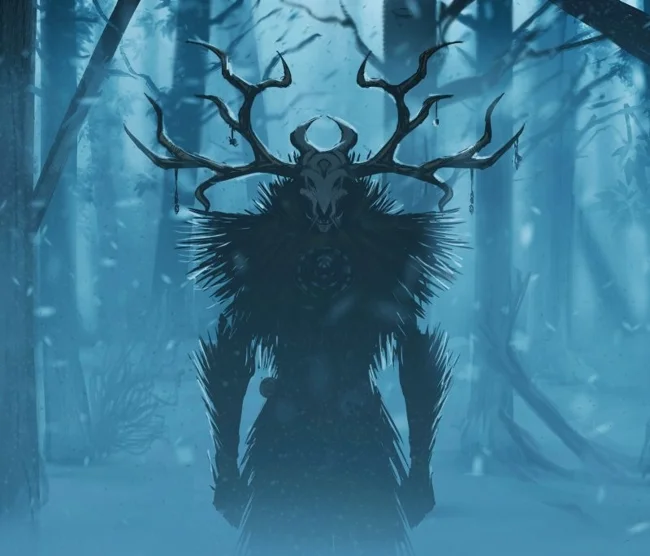
As with many other urban legends about monsters and cryptids, there is a lack of concrete evidence for its existence beyond second-hand accounts and eyewitness accounts. Some of the most convincing scenarios for its existence take place at Skinwalker Ranch. This is a place of intense and acute paranormal activity, with UFOs and other supernatural phenomena regularly appearing there.
Livestock mutilations and disappearances also occur on the estate. The theory behind the Wendigo is more that they may be extraterrestrial or demonic in origin. However, these modern themes are often mixed with more traditional theories about what they are, where they come from, or what their true motives are.
Modern Cryptozoology 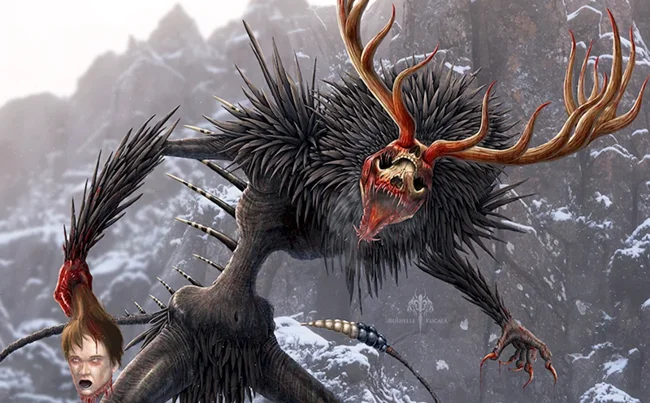
The legend of it has long been a part of the horror genre. Recently, the creepy monster appeared in the latest film adaptation of King's book "Pet Sematary". A critically acclaimed game was released in which the legend became a major plot point and game mechanic. The game was called Until Dawn and it rekindled interest in the ancient legend.
On some internet forums, the story of the Wendigo is the main one. In some countries where they supposedly live, brave explorers organize trips to hunt the monsters. These platforms even held contests in which they tried to find some evidence of the existence of these creatures, besides rumors. However, nothing convincing has ever appeared. Meanwhile, some users shared maps showing the places where they found and met the cryptids.
Reality 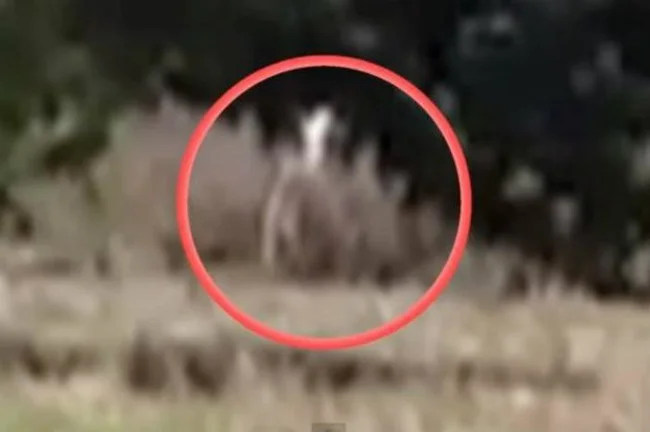
Claims to be a real photo of a wendigo
Physical evidence of the existence of monsters remains somewhere nearby... But until clear evidence has been provided, people continue to entertain themselves with the old legend. Nevertheless, the Algonquin monster is a creature so terrible that it has managed to evolve over time and continues to remain an intriguing mystery for a legion of modern adventurers, tourists, hunters and just idlers and gapers. 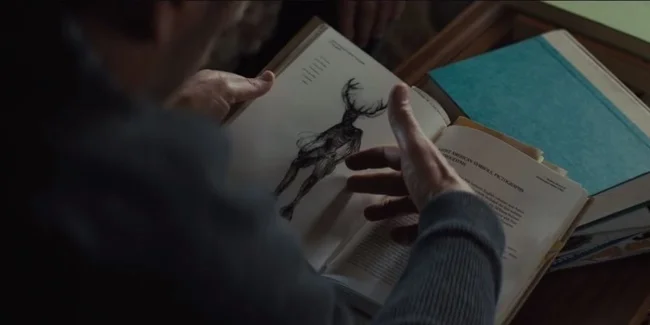
Still from the 2019 film "Pet Sematary" 